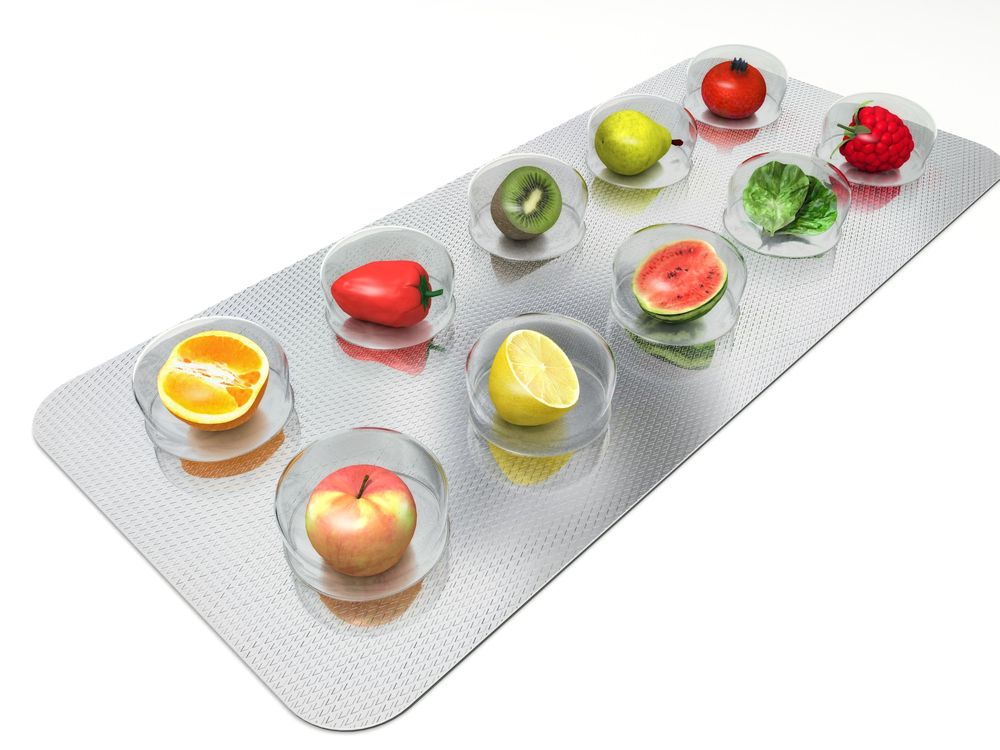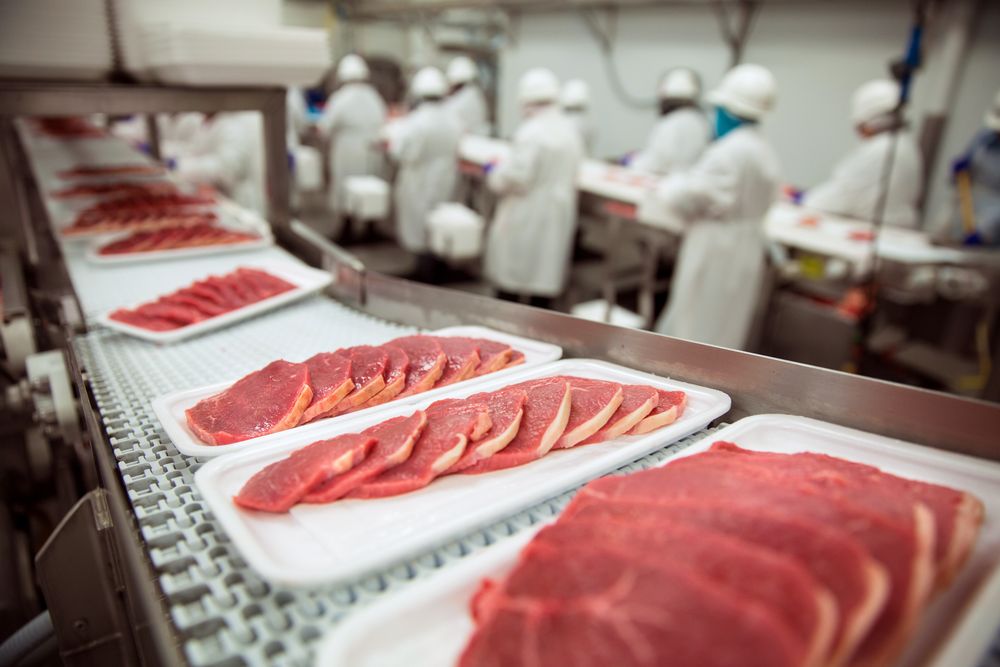The agri-food production is going to be transformed by developments in nanotechnologies. Nanoparticles are already used in several areas of the food chain (ingredients, additives, process applications, packages, sensors), but in future their integration in production lines is going to affect even management and control systems.
Giovanna Zappa, Director of Research at the Technical Unit for Sustainable Economic Development – Biotechnologies and Agri-industry Department of ENEA, sketches the future of the agroindustry.
Dr. Zappa, which, in your opinion, are the most promising avenues for research? Certainly those that make use of nanotechnologies together with other research targets (ICT, omics and molecular technologies, mild technology, biomaterials), offering effective and long-lasting solutions to strategically important problems for economic development, sustainability and health. With nanotechnologies, gene technology will be applied to molecular engineering, enabling to shape the DNA of seeds in order to obtain different properties from the plants (colour, growing season, productivity, etc.) and allowing the development of highly effective fertilizers and pesticides. Nanosensors will monitor at distance the growth parameters of plants (pH, levels of nutrients, humidity, pests, phytopathogenic organisms), significantly reducing both inputs and “on farm” labour, and transforming the farm into an “organic factory”, which can be managed and controlled via laptop; and the resulting food will be provided with specifically designed substances. Nanotechnologies will be able to modify foodstuff, which until now was considered “unhealthy” (by replacing or blocking some fats or sugars, enriching them with vitamins and fibres, etc.), transforming it into healthy food or weight reducers. Fortified food with medicinal nanocapsules will contribute to enhance the nutraceutical properties of a specific food product, which can be than marketed for therapeutic use. Many researchers today are assessing nanostructured food matrices starting from plant proteins, seeking to imitate the structure of meat with plant molecules, first organized in fibrils, then assembled as fibres, and then as bundles.
What are the main advantages associated with the use of nanotechnologies in the food sector? Nanotechnologies can play an important role in the creation of a more sustainable supply of high-quality food products for the entire world population. These new technologies can be used to produce “nanostructured” pesticides, herbicides, veterinary medicines, and sanitizing products, i.e. with slow release or controlled release properties. The benefits may also involve a more effective splitting of crops, next to improved bioavailability of food supplements. It is thanks to nanosensoristic, the use of nanoformulations and ICT technologies in agriculture that precision farming methods are under development. Furthermore, thanks to nanotechnologies it is possible to improve germination, plants’ resistance to diseases and stress, inhibit the growth of phytopathogenic fungi and bacteria, remove polluting substances and prevent water leakage and soil erosion.
Which are the most significant applications in the food sector? The most important applications concern the package. In fact, the use of new technologies and polymeric nanocomposites allow the creation of biodegradable packages, next to a series of improvements in terms of mechanical performances and functional properties, expanding the role of packaging from “passive container” to “active system”, that is able to intervene in food preservation processes, record processing data and information, and/or interact with the (internal or external) environment.





